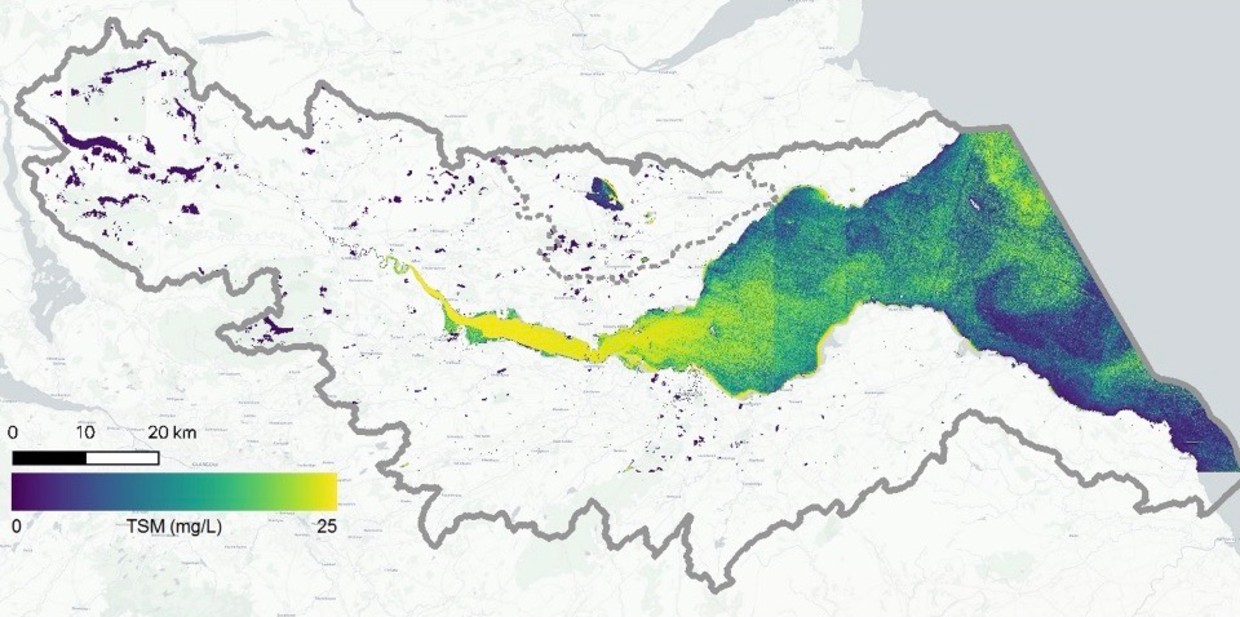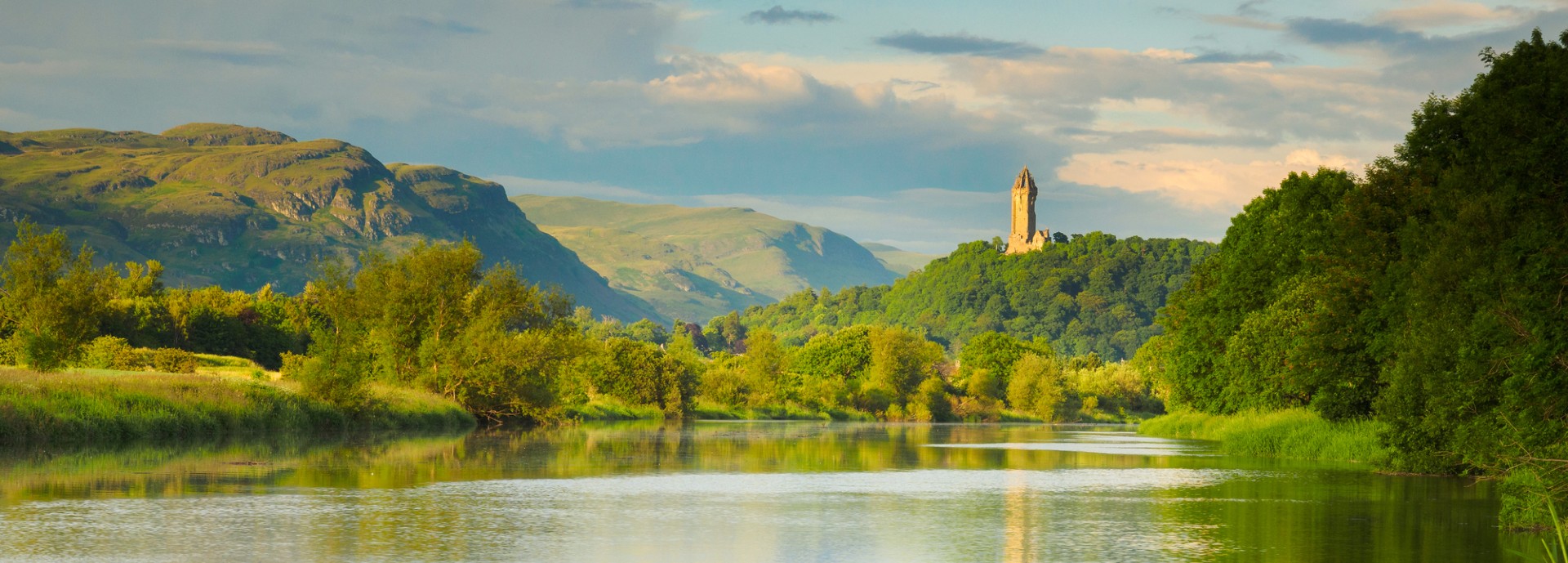A state-of-the-art environmental monitoring system – the first of its kind – will be launched in central Scotland to enable businesses and organisations to make decisions based on real-time data.
The multi-million-pound project, led by the University of Stirling, will be a “living laboratory” –capturing, processing and sharing data from across Forth Valley using EE’s 5G network. It will use sensors, satellite data and artificial intelligence to provide vital information on water quality and other factors to inform decisions that could provide major economic and sustainability benefits to the area.
Experts say the innovative, cross-disciplinary approach – bringing together science, research, business and regulation – will be a global exemplar of green recovery, which is easily scaled and could be replicated worldwide.
The work forms phase one of the Forth Environmental Resilience Array (Forth-ERA) project and will be driven by a partnership between the University and BT Group. They will work alongside a number of regional stakeholders, including: the Scottish Environment Protection Agency (SEPA), Scottish Water, Diageo, NatureScot, Forth Estuary Forum and Forth Valley Chamber of Commerce. EE, part of BT Group, recently switched on 5G in the Stirling area – enabling phase one and helping to support a digital-led regional green recovery.
Funded by BT and the University, phase one will help inform and develop plans for Scotland’s International Environment Centre (SIEC).
 Professor Andrew Tyler is leading the project.
Professor Andrew Tyler is leading the project.
Professor Andrew Tyler, of the University’s Faculty of Natural Sciences, is leading the project. He said: “The Forth Valley played a major role in Scotland’s industrial revolution and we are excited about the part it will play in driving the next digital revolution and helping the just transition to a net-zero economy. This is the first project of its kind in the world – where we will use sensors, satellites and artificial intelligence across a region to capture, process and push out environmental data to businesses and organisations through the 5G network.
“In phase one, working with BT and regional stakeholders, we will demonstrate how providing additional information on the quality and quantity of water across the continuum of inland to coastal waters can support and inform the actions of our project use case partners. In the long-term, it will provide benefits to businesses, organisations and communities across the region – supporting the local and national economy – and become a global exemplar, delivering a solution that can be easily scaled and replicated.”
Alan Lees, Director of BT’s Enterprise business in Scotland, said: “We’re excited to be powering this innovative project through our new 5G network in Stirling as technology partners. 5G will be a catalyst for a revolution in how technology supports people, enables workplaces and simplifies operations. As our economy begins to build again following the impacts from COVID-19, technology and skills can help to enable new jobs and part of Scotland’s green recovery. There are no limits to what we can achieve by harnessing the right partners and technologies in this way.”
 Data will be analysed from across the Forth Valley region. Image illustrates the monitoring of the water continuum with European Space Agency’s Sentinel 2 satellite.
Data will be analysed from across the Forth Valley region. Image illustrates the monitoring of the water continuum with European Space Agency’s Sentinel 2 satellite.
The web-based software platform – designed by SME 3DEO – and toolkit will provide a single point of access to real-time environmental data and analytics for the region – facilitating world-leading scientific research, promoting further efficiencies in environmental management and regulation, and stimulating business innovation in support of Scotland’s transition to a net zero carbon society.
Initially, the team will demonstrate how the platform can be used to provide additional ways to: monitor water quality in drinking water reservoirs; provide near real-time forecasts of bathing water quality; provide early warning and monitoring of floods; and provide real time data on water temperature to help inform the brewing and distilling sector. Initially, the water quantity monitoring element will span the full catchment of the River Forth, while the other cases will focus on the River Leven sub catchment.
Application
In the long-term, the technology could be applied in a wide range of settings and across multiple sectors, including agriculture, fisheries, shipping and navigation, food and drink, biodiversity and conservation, oil and gas, renewables and low carbon, green tourism and heritage, local and national governance and public health. Working with Forth Valley Chamber of Commerce, the team will engage with large local employers and small to medium-sized enterprises as the project progresses.
Professor Tyler added: “Businesses and organisations need to understand the benefits of taking action on the environment and developing environmental-based solutions. Our vision is that this development programme will provide further evidence and knowledge to help businesses bring the environment to the heart of decision making, working with the nature to build a prosperous future and provide the commercial leadership to drive that just transition to a net zero carbon economy.”

